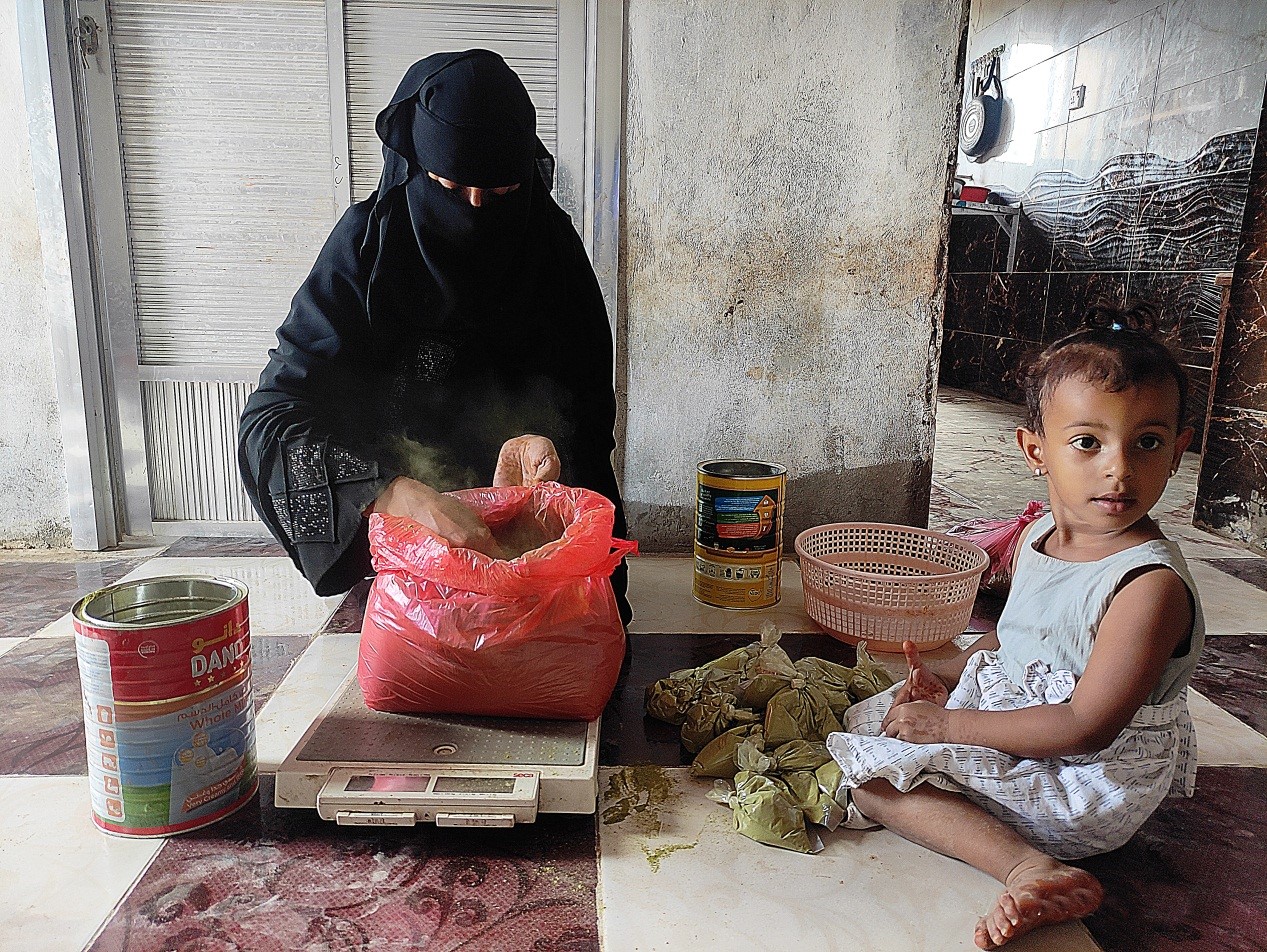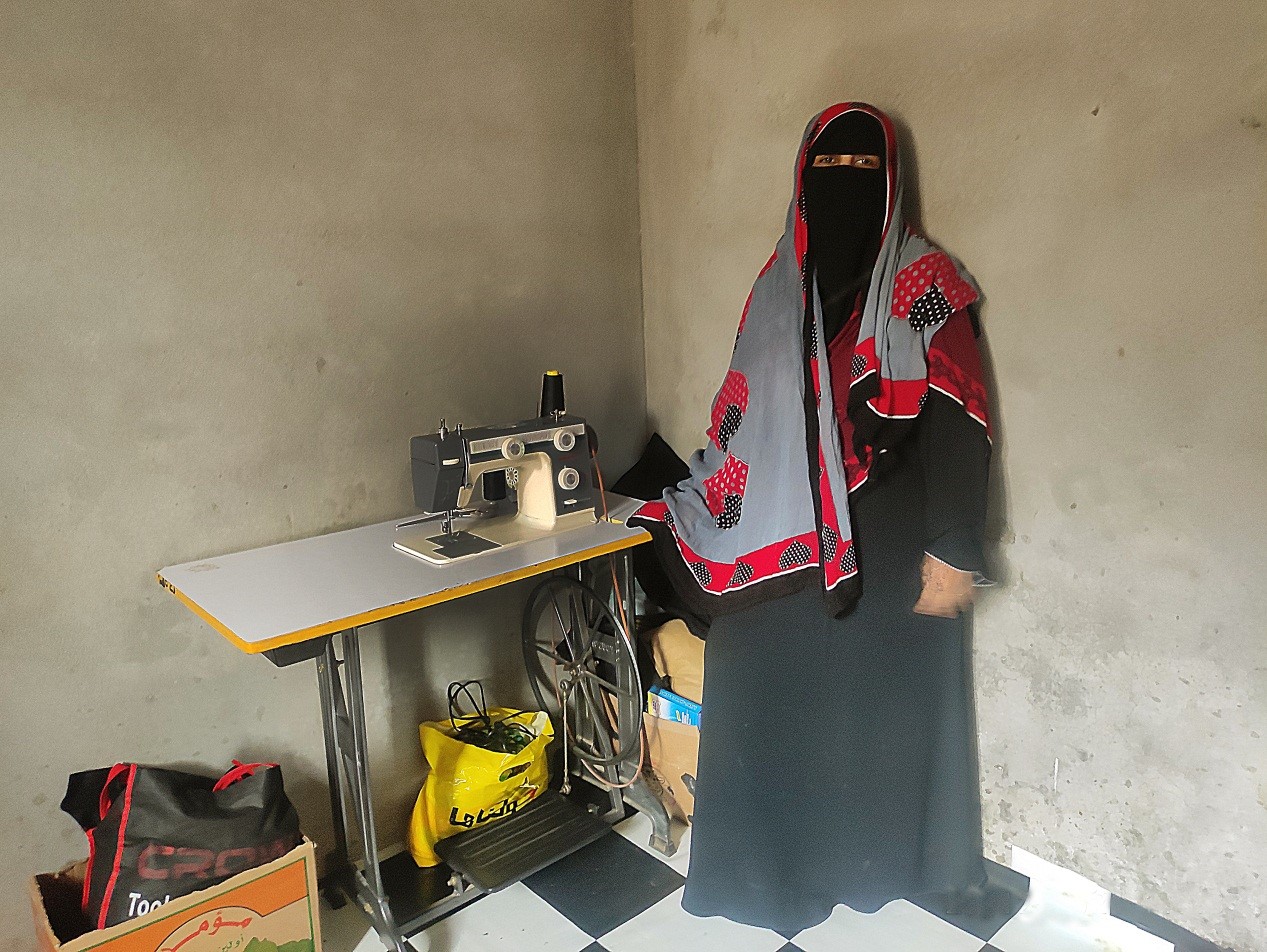The ongoing conflict in Yemen has resulted in devastating humanitarian needs, uprooted millions of people from their homes, crippled the economy, and fostered disease spread. According to the Humanitarian Needs Overview (HNO) analysis for 2022, 23.4 million Yemeni people are estimated to require humanitarian assistance in 2022, of whom 12.9 million people are assessed to be in acute need.
Yemen’s economy has shrunk by half since 2015, with over 80 percent of the population living below the poverty line. The collapse of the economy, basic services, and public institutions have further eroded the resilience of people in Yemen. As a result, millions more people across Yemen cannot afford to meet their basic needs and are becoming increasingly dependent on humanitarian assistance to survive. With few alternatives, people are more incentivized to adopt harmful coping strategies, such as child labor, early marriage, running up debts, selling possessions, and interrupting education.
“Every woman has the strength and talent to work and earn a decent income for herself and her family,” says Sumiya Ahmed, a mother of one from Taiz Governorate. As the fighting escalated in her hometown, Sumiya was forced to flee with her family to Lahj Governorate. After settling in Lahj, Sumiya and her husband started to work on farms for a small daily wage. Even with two incomes, Sumiya’s family could hardly buy food and other basics.
Substantial devaluation of the Yemeni rial (YER) has further worsened Yemen’s economy, driving up the prices of essential basic food items, goods, and services. With limited livelihood opportunities, families’ purchasing power has immensely eroded, forcing many families to adopt harmful coping strategies, including skipping meals and reducing nutritious food.
“I felt trapped in poverty,” says Sumiya. “I tried to improve my income, buying small quantities of Henna powder from the city and selling it to families and shops in the village I live in. However, my revenue was very little. I mostly earned 0.5 to 1 US dollar a day.”

